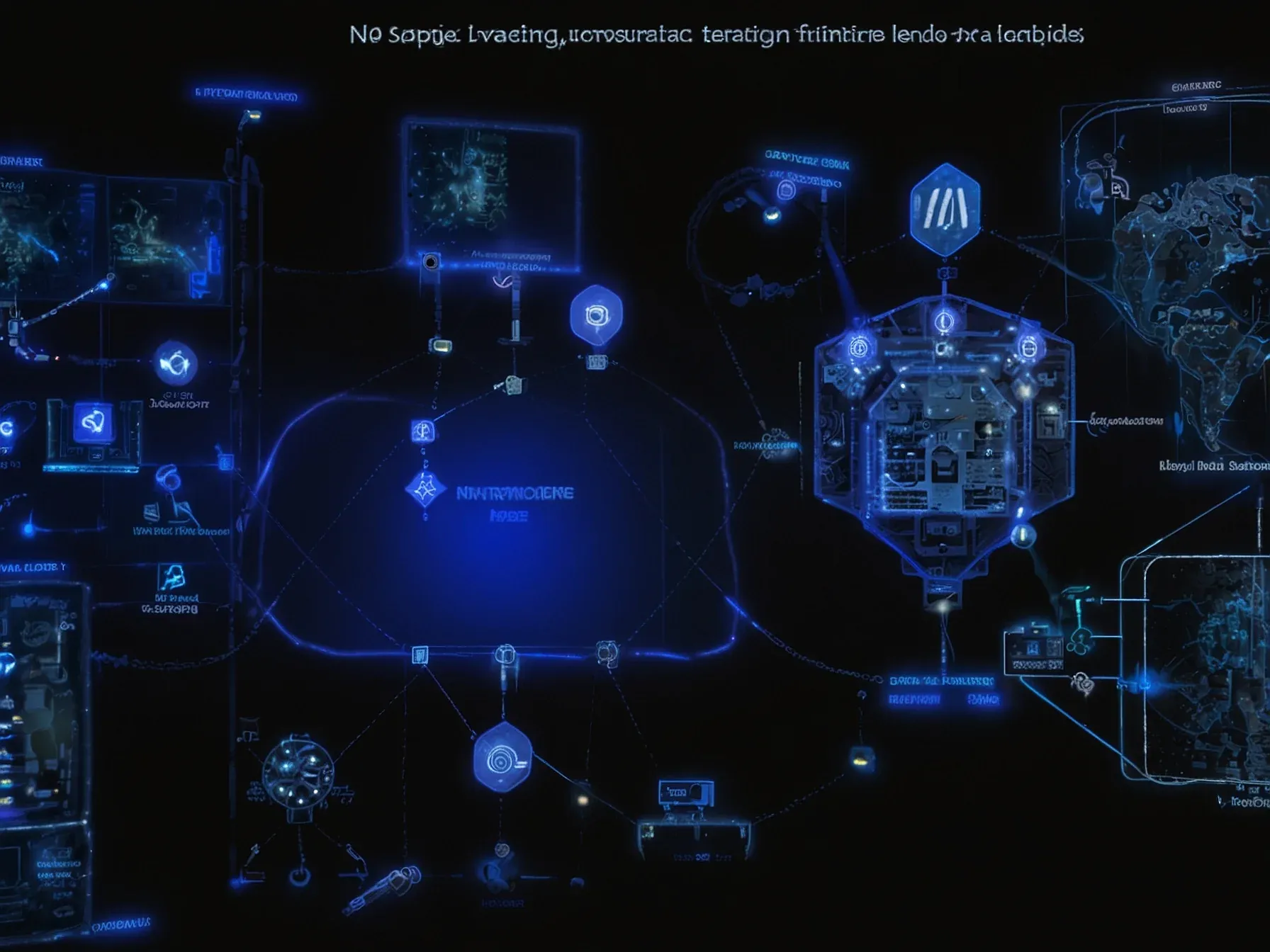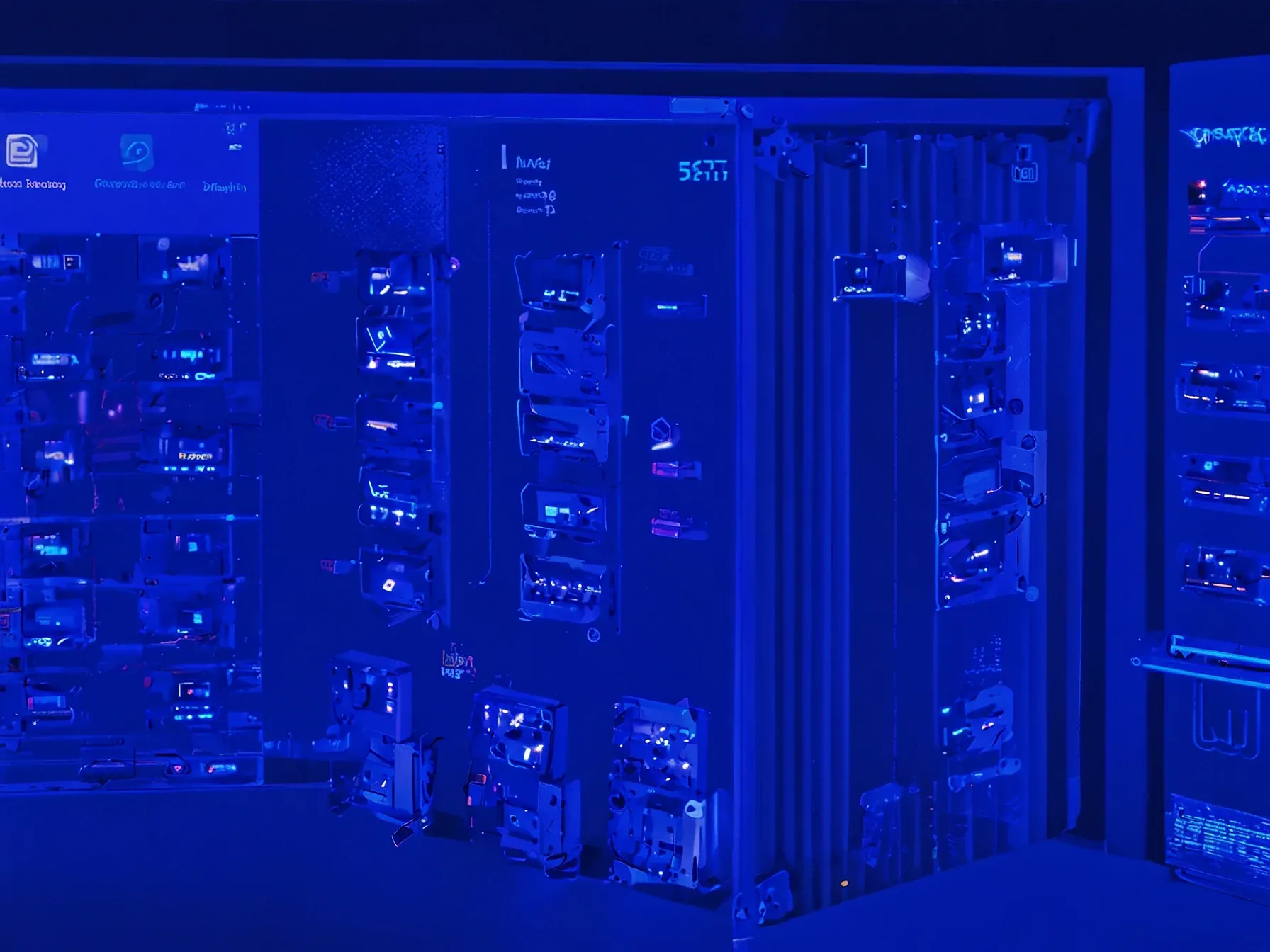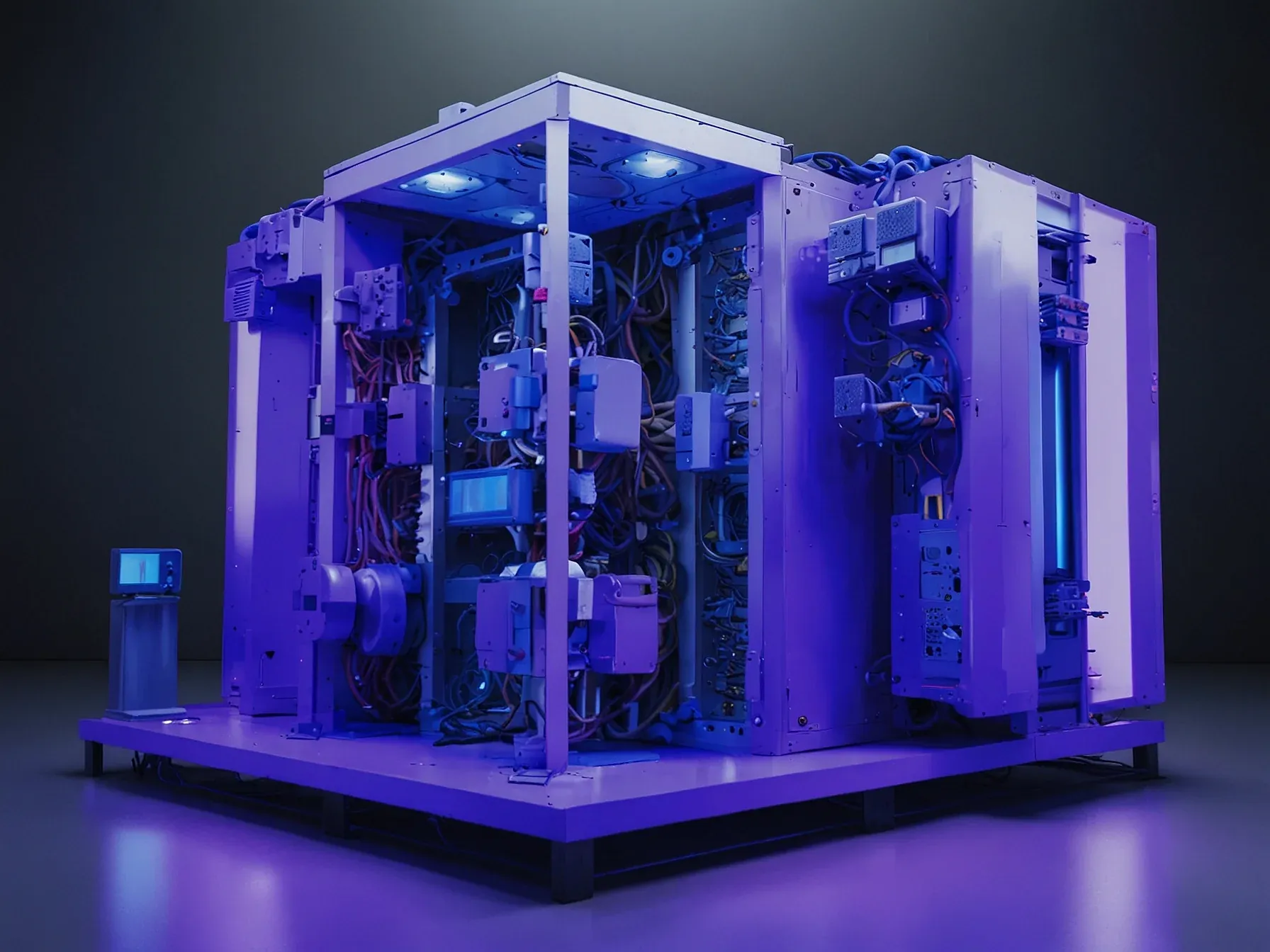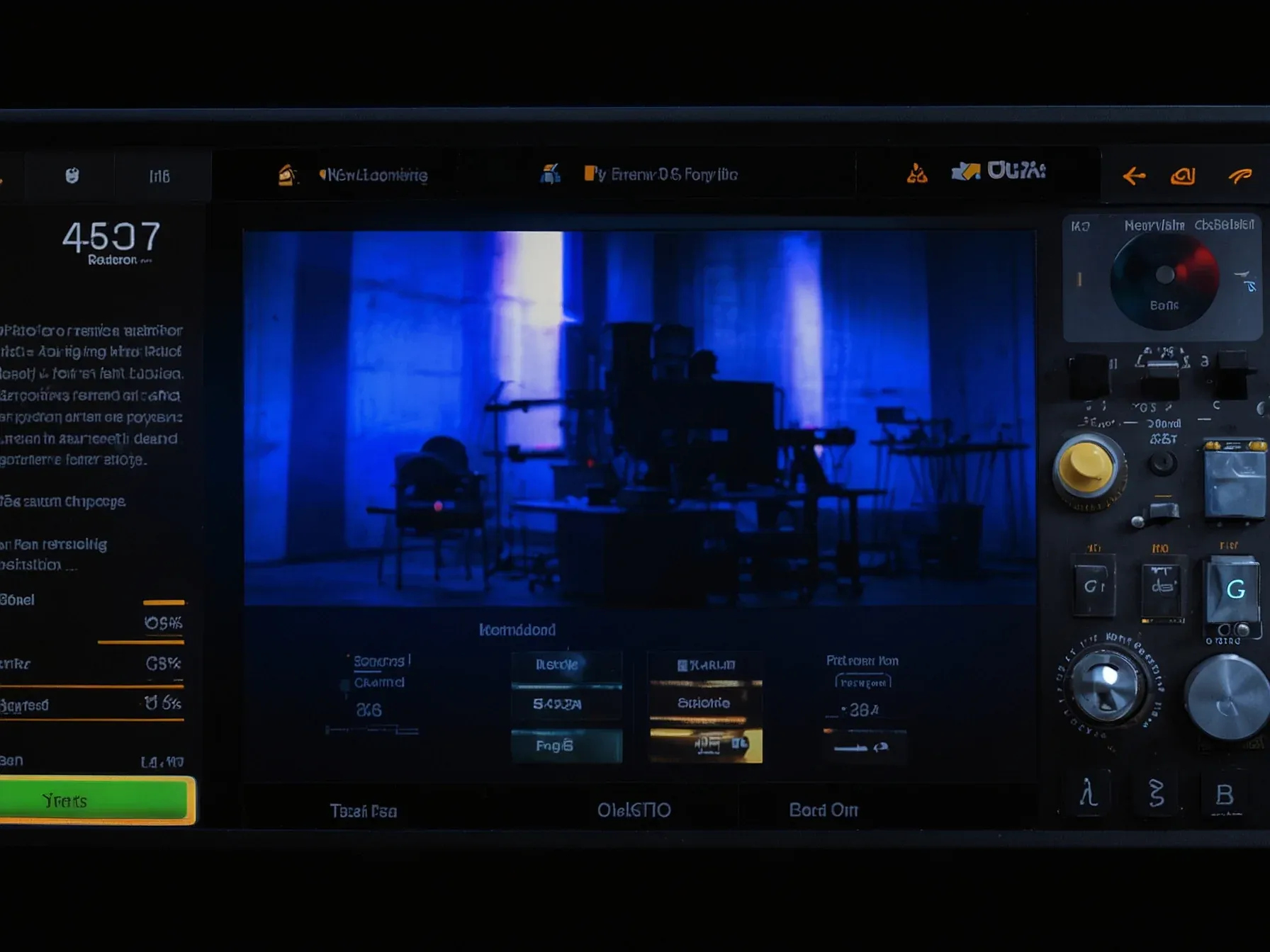
Google introduces supervised reinforcement learning to close gap for small models
Google’s latest paper tackles a problem that’s been nagging the open‑source community for years: tiny language models still stumble when asked to reason through multi‑step puzzles. The researchers call the issue “a critical gap” that keeps small models from matching the performance of their larger, proprietary cousins. Their answer is a method called supervised reinforcement learning (SRL), which reshapes a task into a series of decisions rather than a single prediction.
By treating each step as a move in a sequential game, SRL nudges the model toward better planning and error correction without ballooning its size. The approach promises to close the performance chasm that has limited small, open‑source models from tackling difficult problems. As the paper notes, these limitations leave “a critical gap for training small open‑source models to effectively learn difficult problems.”
As the paper notes, these limitations leave "a critical gap for training small open-source models to effectively learn difficult problems." How supervised reinforcement learning works SRL introduces a framework that reformulates problem-solving as a "sequential decision-making process," striking a balance between pure outcome-based RL and pure imitation learning. Instead of optimizing only for the final answer or forcing the model to imitate an expert's entire thought process, SRL teaches the model to reproduce a sequence of key actions that form the backbone of expert reasoning. This allows the model to learn to take actions similar to an expert while developing its own internal reasoning style.
Could this be the missing link for tiny models? The paper’s authors argue that framing problem‑solving as a sequence of logical actions supplies richer feedback than traditional methods, and early experiments suggest smaller language models can now grapple with multi‑step reasoning tasks that previously eluded them. Because the approach treats each step as a decision point, it appears to narrow the “critical gap” identified for open‑source models struggling with difficult problems.
Yet the results are limited to the tasks examined in the study, and the authors do not report how the method scales to broader domains or real‑world deployments. Moreover, the framework’s reliance on supervised reinforcement signals may introduce new engineering overheads, a factor the article does not quantify. Consequently, while supervised reinforcement learning offers a concrete pathway to improve small‑model capabilities, it remains unclear whether the gains will persist across diverse applications or outweigh the added complexity.
Further validation will be needed before the technique can be judged a reliable solution for the broader AI community.
Further Reading
- Supervised Reinforcement Learning: From Expert Trajectories to Step-wise Reasoning - arXiv
- Google AI Unveils Supervised Reinforcement Learning (SRL): A Step Wise Framework with Expert Trajectories to Teach Small Language Models to Reason Through Hard Problems - MarkTechPost
- Could Google and UCLA Make AI Think for Real Using SRL? - AI Magazine
- Google AI Unveils Supervised Reinforcement Learning (SRL) - TechJack Solutions
Common Questions Answered
What problem does supervised reinforcement learning aim to solve for small open‑source language models?
Supervised reinforcement learning (SRL) targets the "critical gap" where tiny models fail at multi‑step reasoning puzzles. By converting a task into a series of decisions, SRL provides richer feedback that helps small models approach the performance of larger, proprietary counterparts.
How does SRL differ from pure outcome‑based reinforcement learning and pure imitation learning?
SRL blends the strengths of both approaches: it does not only optimize for the final answer like pure RL, nor does it force the model to copy an expert’s entire thought process as in pure imitation learning. Instead, it treats each reasoning step as a separate decision point, offering balanced guidance throughout the problem‑solving sequence.
What early experimental results were reported after applying SRL to tiny language models?
Initial experiments indicate that smaller language models can now handle multi‑step reasoning tasks that previously eluded them. The sequential decision‑making framework appears to narrow the "critical gap" by enabling these models to generate logical actions step by step.
Why is the "critical gap" considered a major obstacle for open‑source models?
The "critical gap" refers to the persistent difficulty small, open‑source models have in solving complex, multi‑step problems, limiting their usefulness compared to larger, closed‑source systems. This gap hampers the community’s ability to deploy lightweight models in real‑world applications that require deep reasoning.




